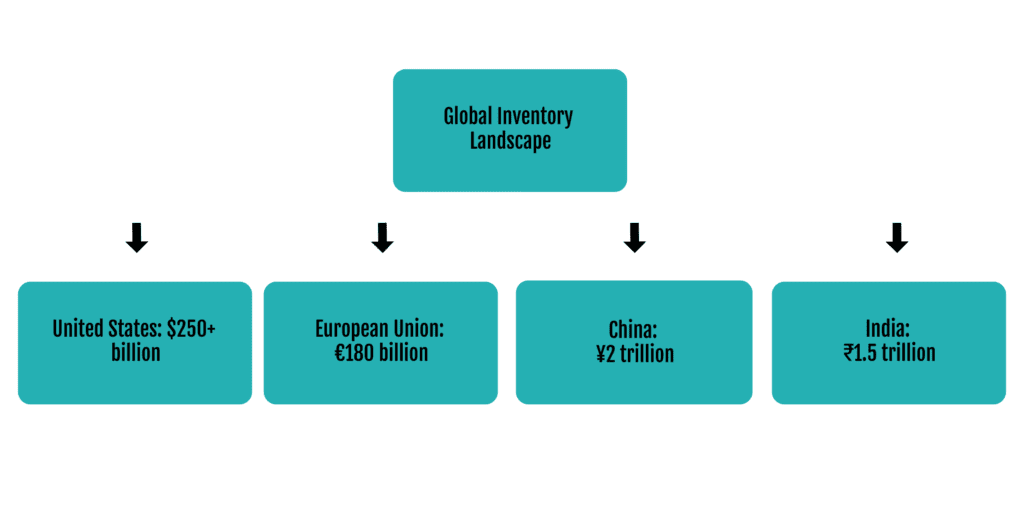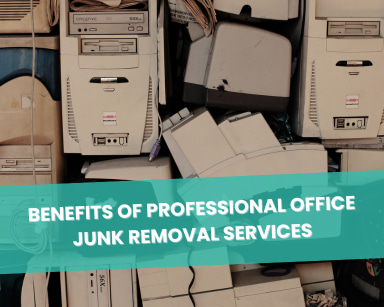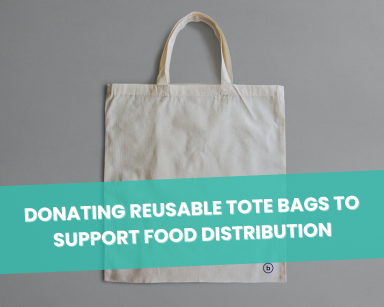What is a Liquidator in Inventory? – The Unsung Hero of Excess
In recent times, inventory liquidation has been seen as an essential but understated part of business. A recent study by Kearney revealed that the U.S. faces a massive $250+ billion issue with excess inventory, and globally, the problem reaches into the trillions, based on U.S. census data.
During this financial time, we’re rethinking the traditional role of a liquidator in inventory management. Instead, we’re exploring beautiful and sustainable methods like Beneficial Reuse that benefit the community.
Table of Contents
The Traditional Role of a Liquidator
Liquidators have long been the unsung heroes in the shadows of retail and manufacturing, silently managing the cumbersome burden of excess inventory.
Their role, while seemingly straightforward, is laced with complexities and challenges that extend beyond merely offloading surplus stock.
Liquidators navigate through the intricate channels of selling excess inventory, often at significantly reduced prices, to mitigate potential financial losses for businesses.
However, this traditional method, while providing a temporary solution, often fails to address the underlying issues of waste and lost potential that excess inventory represents.
- Understanding the Basics: Liquidators manage and sell excess inventory, often at reduced prices, to ensure that businesses can recover some of their investments.
- The Challenges: Liquidators face numerous hurdles, including managing overstocked items, obsolete inventory, and navigating through the unpredictable nature of auctions and the complexities of wholesale.
The Global Inventory Landscape: A Comparative Analysis
To truly grasp the magnitude of the excess inventory issue, it’s essential to look at it from a global perspective. By comparing the U.S. with other major economies, we can better understand the broader implications and the need for innovative solutions like beneficial reuse.
United States: As previously mentioned, the U.S. faces a $250+ billion problem with excess inventory.
European Union: According to Eurostat, the EU’s excess inventory issue is estimated at €180 billion, with countries like Germany and France leading the pack.
China: With its massive manufacturing base, China’s excess inventory problem is estimated at ¥2 trillion, especially in sectors like steel and coal.
India: As per the Indian Ministry of Commerce, the country’s excess inventory is pegged at ₹1.5 trillion, with the textile and automotive sectors being the most affected.
This comparative analysis underscores the global nature of the problem. It’s not just a U.S. or a China issue, it’s a challenge that economies worldwide are grappling with.
The Shift Towards Beneficial Reuse
In the wake of escalating environmental and social concerns, the concept of Beneficial Reuse has emerged as a beacon of sustainable and socially responsible inventory management.
This approach transcends the traditional pathways of liquidation, envisioning excess inventory not as waste but as opportunities to forge impactful connections with communities in need.
Beneficial Reuse, therefore, not only addresses the economic aspects of excess inventory but also intertwines a company’s operations with meaningful social impact and environmental conservation.
- A New Perspective on Excess: Beneficial Reuse introduces a paradigm where unsold stock is not viewed as waste but repurposed for community benefit.
- Community Connection: This approach transcends mere liquidation, fostering meaningful connections by redirecting excess inventory to communities in need.
The Pitfalls of Traditional Liquidation
Traditional liquidation, while providing an immediate solution to excess inventory, often leads to a cascade of challenges and missed opportunities for businesses.
The economic implications of selling items at reduced prices or through auctions are palpable, often resulting in suboptimal return on investment.
Moreover, the environmental repercussions of unsold items, particularly electronic waste, pose significant concerns, highlighting the need for more sustainable and responsible inventory management practices.
- Economic Implications: The financial drawbacks of traditional liquidation methods, such as reduced ROI and potential brand devaluation, are notable.
- Environmental Concerns: The environmental impact of unsold items, especially electronic waste, necessitates a reevaluation of traditional liquidation practices.
The Rise of Beneficial Reuse
Beneficial Reuse emerges as a revolutionary approach amidst the surplus of products in platforms like Amazon, offering a sustainable and socially responsible alternative to traditional liquidation methods.
This strategy not only aids in effectively managing unused products but also significantly contributes to global sustainability efforts, thereby aligning business practices with contemporary demands for environmental and social responsibility.
- Sustainability in the Amazon Marketplace: Beneficial Reuse offers a sustainable strategy for managing unused products while contributing to global sustainability efforts.
- The Real Benefits: This approach provides numerous advantages, including rapid pickups, economic sensibility, and fostering community connections.
The Cornerstone of Happen Ventures
While many companies see excess inventory as a liability, Happen Ventures views it as an opportunity. Through their Beneficial Reuse program, they’ve created a sustainable model that not only addresses the financial and logistical challenges of surplus inventory but also offers significant societal benefits.
- Economic Sensibility: Instead of liquidating assets for pennies on the dollar, businesses can claim tax benefits up to the Fair Market Value of their merchandise.
- Rapid Turnaround: With a process that takes mere days compared to traditional liquidation’s months-long timelines, businesses can free up valuable warehouse space swiftly.
- Community Connection: The true essence of the Beneficial Reuse program lies in its community impact. Donated items find their way to communities in dire need, fostering goodwill and positive societal change.
The Bottom Line
The era where sustainability and community connection are paramount demands a reevaluation of traditional inventory management practices. Beneficial Reuse, as exemplified by organizations like Happen Ventures, provides a visionary alternative to traditional liquidation, offering businesses a pathway to not only navigate their inventory challenges but also forge a lasting, positive impact on communities and the environment.











